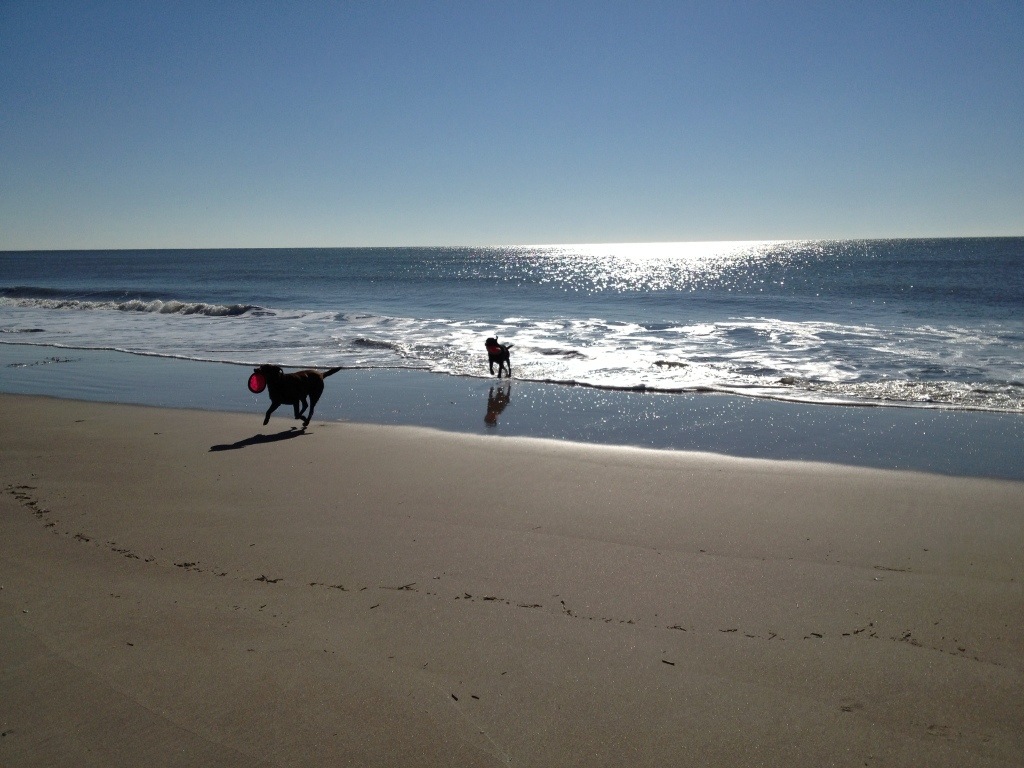I’ve been reading a number of perspectives on the Chromebook Pixel. As you know from my previous post, I think it’s overpriced and I doubt Google will sell very many. However, as a conceptual product, I think it may represent an important step forward in computing. Touch on laptops will be important, as will integrated wide-area wireless connectivity. Here’s a perspective from CNET that is, I believe, prescient. For many use cases today, the Windows or Mac OS laptop is too complex. It’s full of lots of software (much of which you don’t use) that needs to be patched and maintained. Let’s think about this…what do most of us really do with a desktop or laptop that does not require connectivity to a remote resource? Without connectivity, a great number of the use cases evaporate. Build in wide area connectivity. Keep the network edge device simple, robust, and load software dynamically, obviating the need to manage the device. As for input to the device, Steve Jobs famously dissed touch on a laptop, but why not let it be an adjunct to the trackpad, so that when you touch the screen, it works? Over time, we’ll settle on the combination of pointer movement that works…and it’s likely to be a hybrid. App by app, some things will lend themselves to touch while others to “traditional” input modalities.
There are a few things missing in Chrome OS. A file transfer app (but there are network workarounds), a general purpose text editor for local files, but I’ve found that I spend less and less time working with my home iMac and do most of my computing on my basic Samsung Chromebook. I use Chrome remote access to run the Mac when there’s something that I just can’t do, but in the last few days of updating my WordPress, Drupal, and MediaWiki sites, there’ve only been a couple of things that just really didn’t work from Chrome, and mostly with manipulation of large SQL text files, XML files, and things like that…
Perhaps the Chromebook Pixel is really just Google’s attempt to put a stake in the ground. Google may know that few will be sold this time, but it will give pause to those who say that Chromebooks are cheap little devices and could never be a full-time computational platform. It will set the stage for broader acceptance of the Chromebook and its ilk as the simple, easy to use, reliable network edge interfaces, and the end of traditional desktops/laptops. We need a connected personal communicator and a network portal. That’s it. The network is the computer.

